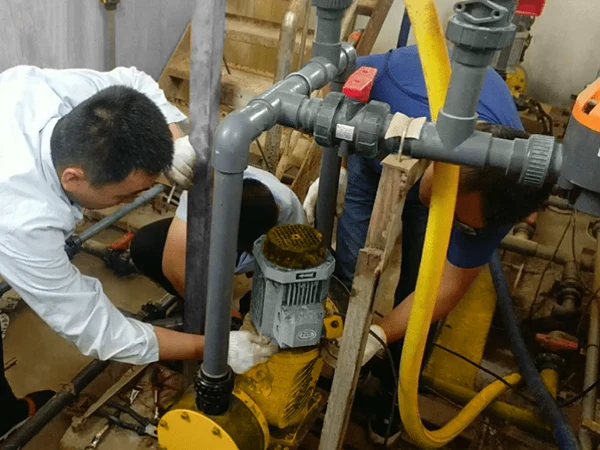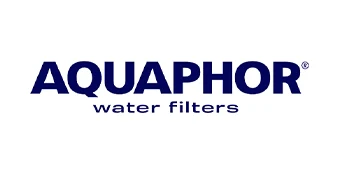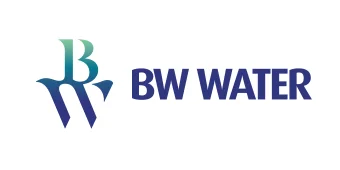| Pump fails to operate. |
Inlet or outlet check valve is damaged or contaminated by fluid. |
Clean or replace the check valve. |
| Chemical solution level in the dosing tank is too low |
Inject the chemical solution into the chemical tank. |
| Discharge pipeline is blocked. |
Clean and clear the pipeline. |
| Motor is disconnected from the power supply. |
Reconnect the power supply. |
| Motor power cable is disconnected. |
Identify the disconnection point and repair it. |
| Stroke adjustment is set to the zero position. |
Readjust the stroke setting. |
| Unstable power supply voltage has caused motor burnout. |
Test and calibrate; repair or replace the motor. |
| Low flow rate |
Residual gas in the pump chamber or pipeline. |
Discharge the gas. |
| Suction filter and suction pipeline are blocked. |
Clean the filter or remove the blockage. |
| Suction side position is too high. |
Refix the pump position to reduce suction lift. |
| Fluid temperature is excessively high. |
Cool the fluid. |
| Fluid viscosity is excessively high. |
Reduce viscosity (e.g., by heating or diluting the fluid). |
| The pump valve is excessively dirty or damaged. |
Clean the valve or replace it with a new one. |
| The suction pipeline diameter is too small. |
Check the length and diameter of the suction pipeline. |
| Stroke length setting is incorrect. |
Check and readjust the stroke length. |
| Leakage has occurred at the sealing area. |
Inspect the seal for damage; replace immediately if necessary. |
| Pump operating speed is incorrect. |
Ensure the power supply voltage and frequency match the specifications on the motor nameplate. |
| Flow rate is excessively high. |
Discharge pressure is lower than suction pressure. |
Install a back pressure valve. |
| Incorrect stroke length. |
Inspect and adjust the stroke length. |
| Motor overheating. |
Excessive discharge pressure. |
Check the pressure relief valve setting. |
| Improper discharge pipeline size. |
Inspect the length and diameter of the discharge pipeline. |
| Power supply does not meet the motor's electrical specifications. |
Ensure the power supply is properly matched to the motor. |
| Operational noise. |
Incorrect electrical connection. |
Inspect and correct the electrical connection. |
| Insufficient lubrication of the mechanical assembly or gearbox. |
Apply grease. |
| Severe damage to the mechanical assembly or gearbox. |
Thoroughly repair the mechanical assembly or gearbox. |
| Pipeline vibration. |
Pipeline is too narrow. |
Replace with a larger diameter pipeline. |
| Pulsation damper malfunction or insufficient pressure. |
Repair or recalculate the damper volume. |




















